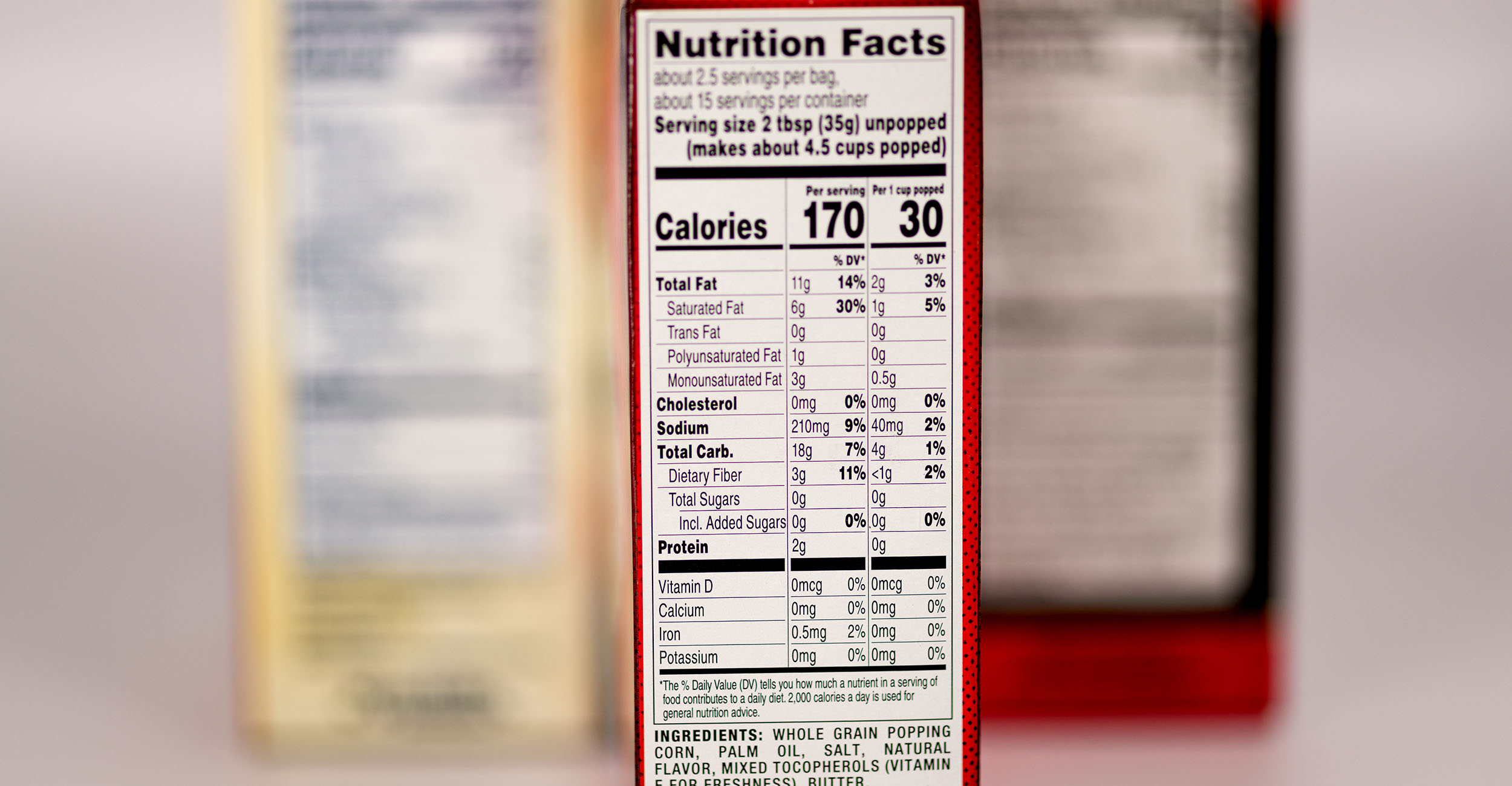
What’s in a serving? Nutrition Facts labels get an update
Thursday, April 22, 2021
Media Contact: Trisha Gedon | Communications Specialist | 405-744-3625 | trisha.gedon@okstate.edu
The U.S. Food and Drug Administration recently served up the first major change in 20 years to Nutrition Facts labels on packaged foods and drinks.
Adjustments in serving sizes, calories, percent daily values and nutrients on labels are now required by the FDA because of updated scientific information, new nutrition research and feedback from the public.
These changes to the labels are intended to help consumers more effectively and easily use the nutritional information, said Janice Hermann, Oklahoma State University Extension nutrition specialist.
“The new labels feature calories per serving and serving size in a larger, bolder font, making it easier for consumers to make informed choices that contribute to lifelong healthy eating habits,” Hermann said. “The number of calories needed daily varies by person.”
On that point, she suggested using the Nutrition Facts label in conjunction with information on the U.S. Department of Agriculture’s MyPlate website to determine caloric needs. MyPlate offers ideas and tips to help consumers create an eating style that meets individual needs and helps improve overall health.
Nutrients shown on the label include fat, carbohydrates, protein, cholesterol and select vitamins and minerals. With the updates, some serving sizes have changed, resulting in nutrient values being higher or lower than before. The FDA also removed and added nutrients to the food label, she said.
“Added sugars are now required on the label. The FDA required this change because added sugars make it harder for people to get the nutrients they need and stay within their daily calorie limit,” she said.
Potassium and vitamin D were added to the label because American diets often lack in these two nutrients. Potassium can lower the risk of developing high blood pressure, and vitamin D can reduce the risk of developing osteoporosis.
The FDA removed vitamins A and C because most people normally get the daily recommended amounts of these vitamins in their diets.
“Another change was removing calories from fat. Research has shown that the type of fat consumed is more important than the amount,” Hermann said.
Additional health, nutrition and wellness information is available through OSU Extension.
